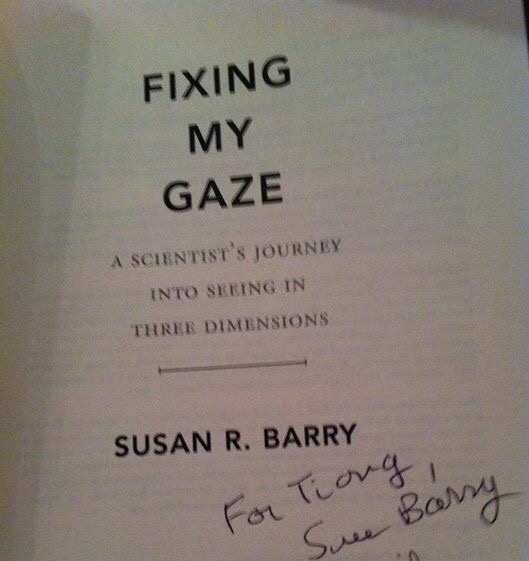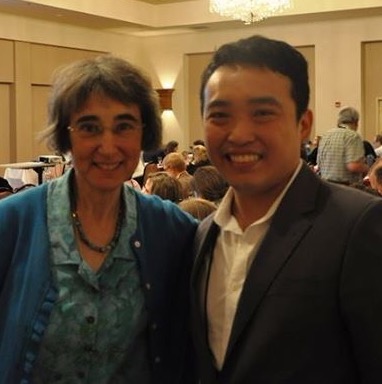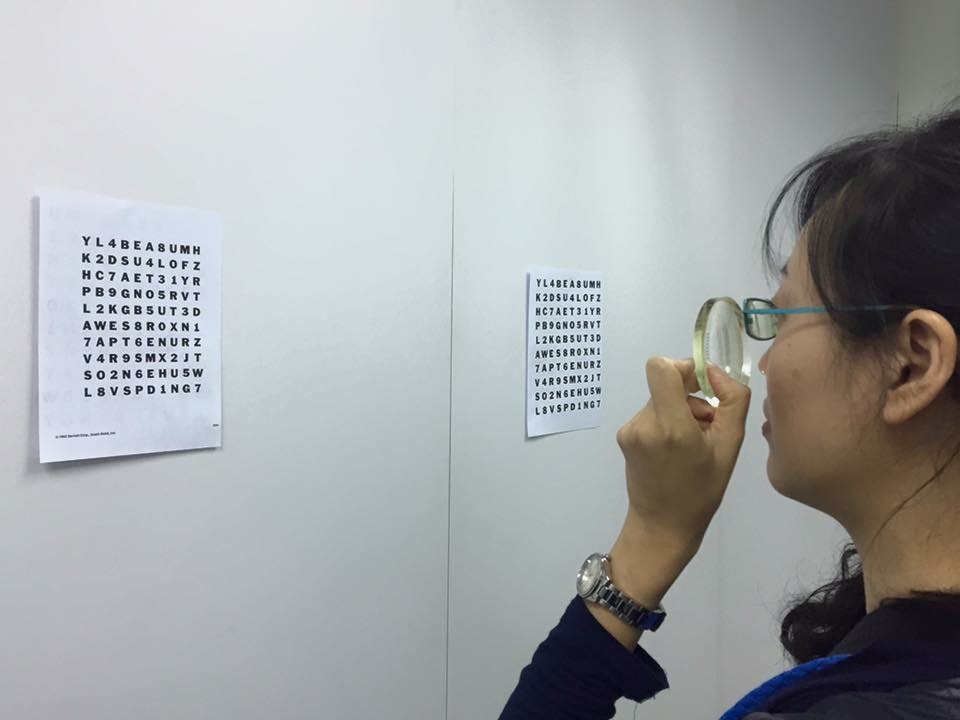Neuroplasticity underpins the basis for vision therapy, perceptual learning and visual rehabilitation. Scientifically, neurons increases their connection with other neurons through sensory stimulation, learning and experience. This is what makes new learning possible in children and adults.
Vision therapy is beneficial for many eye conditions in children and adults. For example, in amblyopia (lazy eyes), cells in the brain are suppressed and need to be "awaken". Scientifically, amblyopia is due to synaptic inhibitions (suppression) within the brain and it is primarily caused by asymmetrical visual experience during early childhood. A reduction of such an inhibition (e.g. through vision therapy) can restore vision to the amblyopic eye and improve binocularity (Duff, Snodgrass, et al, 1976; Nature; 260:256-257).
There are several techniques in vision therapy. These are applied under the guidance of the vision therapist and/or the optometrist and it utilizes enriched visual environments during specialized games and exercises to stimulate the visual brain. This may involve the use of therapy lenses, cheiroscopic tracings, vectograms, stereoscopic equipment, visual tracking activities, anti-suppression techniques, perceptual learning, computer-assisted activities, etc. Further information on vision therapy.

Stereo Sue: Fixing my gaze - a scientist's journey into seeing in three dimensions following vision therapy.
Professor Susan Barry, a neurobiologist, had been cross-eyed since early infancy. Though she had operations as a young child to correct her eyes' appearance, they still sent conflicting messages to her brain. As a result, she viewed the world in a flat plane and had no stereoscopic 3-D vision.
In her mid-40s, Barry met the neurologist Oliver Sacks at a dinner party. She told him that she didn't think she was missing much by not seeing the world in 3-D. But several years later, after experiencing several side effects from her vision problems, Barry decided to visit a developmental optometrist, who helped her relearn how to view the world stereoscopically.
The result, explains Barry, was breathtaking. For the first time in her life, she was able to see snow falling in the distance in front of her, cascading leaves on tree branches and the shapes of flowers in a vase.
Barry's memoir, Fixing My Gaze, details the way her vision and her way of perceiving the world changed following her intensive therapy sessions. She says that she still stops and enjoys the new way the world looks to her.
Watch Professor Susan Barry on YouTube
http://youtu.be/XCCtphdXhq8



